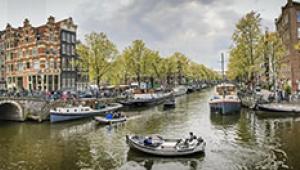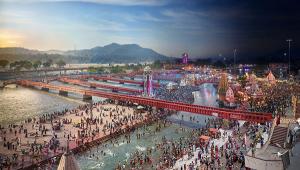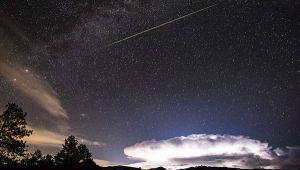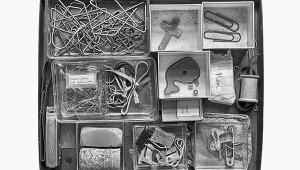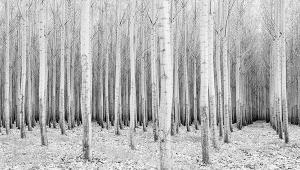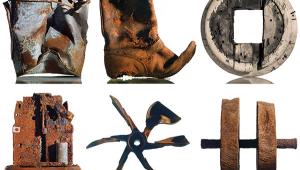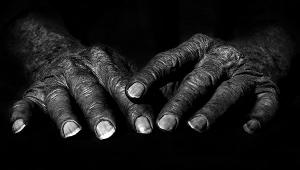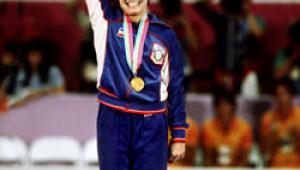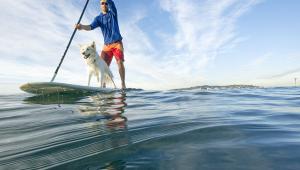How to Photograph a Celebrity: It Helps If You Can Develop Trust
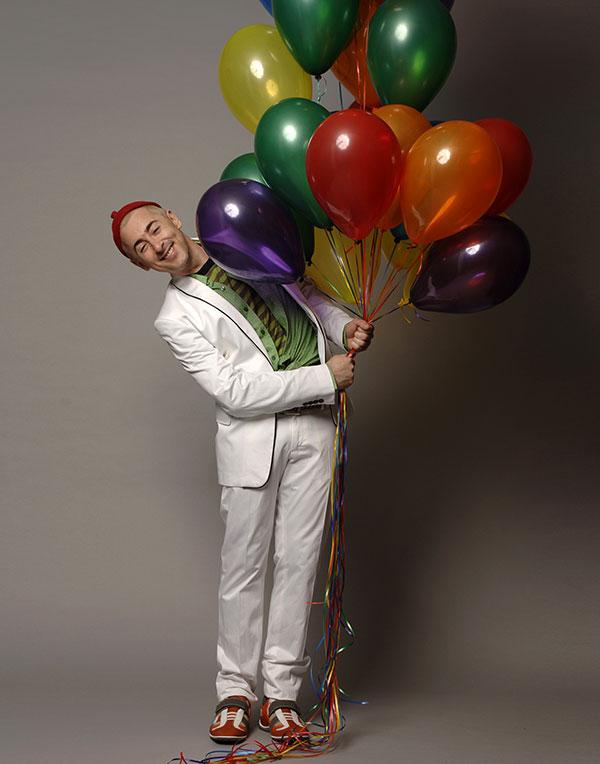
Steve Vaccariello had an advantage when he took this photograph of actor Alan Cumming for Aventura magazine. Well, actually three advantages. The first was that he’d photographed Cumming before. The second, they were friends.
His first images of Cumming—the Tony award-winning actor (for Cabaret) and co-star of The Good Wife—were taken in 1996, and since then Vaccariello has documented almost the entire span of Cumming’s career, and he knows how rare it is for a photographer to have that kind of access and opportunity.
Vaccariello has published a small, personal book of selected images of Cumming taken over the years they’ve known each other. “I titled it Expressions, and presented it to him while he was performing Cabaret on Broadway,” Vaccariello says. “It was amazing to see how both of us have grown as artists over that time.”
Their photography together works a couple of ways. “If I have a creative idea,” Vaccariello says, “I’ll set up something, we’ll shoot, and I’ll supply him and his publicist with the photos. Or someone will call Alan and say, ‘Hey, we need a picture of you in a suit,’ and Alan will call and say, ‘Hey, Steve, I need a picture in a suit.’”
The Aventura assignment, which resulted in a cover shot and 10 editorial pages, was a playful take on “the many moods of Alan Cumming,” and that accurate description of the actor was Vaccariello’s third advantage.
“Alan is like a blank palette,” Vaccariello says, “and he trusts me implicitly. I’ll suggest this, or that, or something else, and he’s open to anything. When you look at Alan in photographs, every photo says something different; there’s a different kind of mood or emotion evoked. The images are influenced by where he is, or what he’s wearing, or who he’s with. In all the situations I’ve put him in over the years, you can see it, and it’s absolutely fascinating. I’ve shot a lot of models, dancers, and performers, and very few have that extended emotional range. He’s an amazing muse.”
Ultimately, it’s trust on both sides of the camera that makes Cumming a perfect subject, and Vaccariello’s pictures capture Cumming’s whimsical, outgoing, giving personality.
Or do they?
Alan Cumming is an actor. In the pictures that Vaccariello takes, is he capturing the person or the actor?
“I find a lot of actors do not like to take still photographs,” Vaccariello says. “When they’re acting they’re being told by the director, ‘This is the character you’re portraying,’ but when they’re sitting for a photo shoot, that’s not happening. At that moment, they are who they are. Actors don’t like having their photos taken because they’re not as expressive in front of the camera—it’s not portraying, it’s not fluid movement; they’re not slipping into a character. Alan is very different than that. He’s not portraying a character in the photos I take. Those images are Alan Cumming as a person.”
And so, yes, this is a portrait of the artist—the artist being himself. And come to think of it, that’s a fourth advantage for Vaccariello: his subject—his friend—is an artist more than comfortable being himself.
Steve Vaccariello’s website, vaccariello.com, features examples of his assignment and personal-project photography.
Tech Talk: Steve Vaccariello took the photo with a Nikon D2X and an AF-S Zoom-Nikkor 28-70mm f/2.8D IF-ED lens. “I like using a zoom for portraits so I can pull back really quickly,” he says. The camera settings were 1/200 second, f/9, ISO 100, manual exposure, and Matrix metering.
